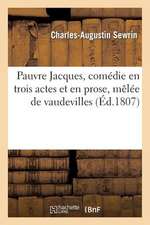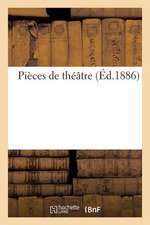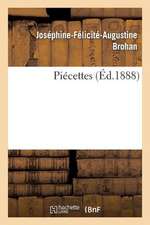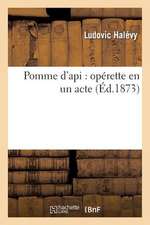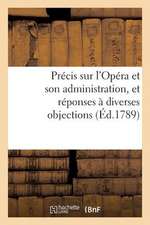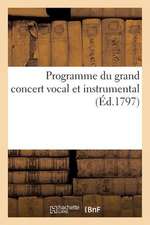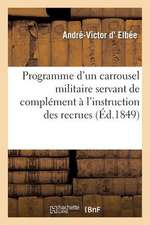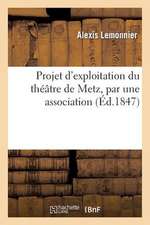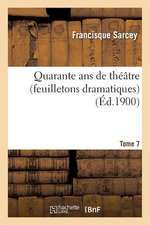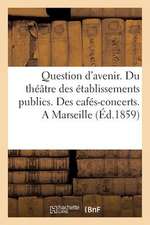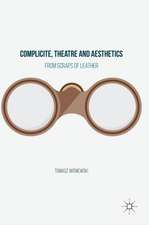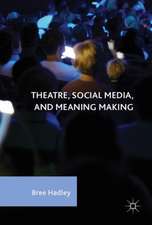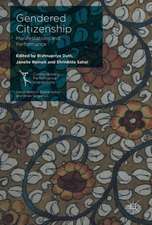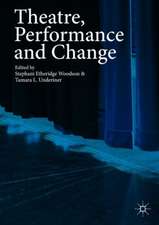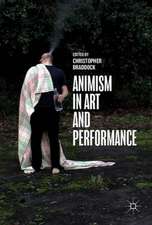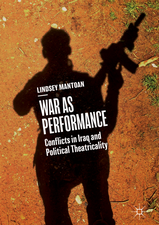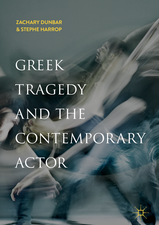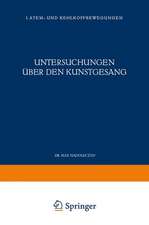The Theatre of Imagining: A Cultural History of Imagination in the Mind and on the Stage
Autor Ulla Kallenbachen Limba Engleză Hardback – 28 iul 2018
This book is the first comprehensive analysis of the fascinating and strikingly diverse history of imagination in the context of theatre and drama. Key questions that the book explores are: How do spectators engage with the drama in performance, and how does the historical context influence the dramaturgy of imagination? In addition to offering a study of the cultural history and theory of imagination in a European context including its philosophical, physiological, cultural and political implications, the book examines the cultural enactment of imagination in the drama text and offers practical strategies for analyzing the aesthetic practice of imagination in drama texts. It covers the early modern to the late modernist period and includes three in-depth case studies: William Shakespeare’s Macbeth (c.1606); Henrik Ibsen’s A Doll’s House (1879); and Eugène Ionesco’s The Killer (1957).
| Toate formatele și edițiile | Preț | Express |
|---|---|---|
| Paperback (1) | 698.15 lei 6-8 săpt. | |
| Springer International Publishing – 15 ian 2019 | 698.15 lei 6-8 săpt. | |
| Hardback (1) | 702.33 lei 6-8 săpt. | |
| Springer International Publishing – 28 iul 2018 | 702.33 lei 6-8 săpt. |
Preț: 702.33 lei
Preț vechi: 826.28 lei
-15% Nou
Puncte Express: 1053
Preț estimativ în valută:
134.41€ • 145.95$ • 112.90£
134.41€ • 145.95$ • 112.90£
Carte tipărită la comandă
Livrare economică 22 aprilie-06 mai
Preluare comenzi: 021 569.72.76
Specificații
ISBN-13: 9783319763026
ISBN-10: 3319763024
Pagini: 350
Ilustrații: XV, 324 p. 25 illus.
Dimensiuni: 148 x 210 mm
Greutate: 0.57 kg
Ediția:1st ed. 2018
Editura: Springer International Publishing
Colecția Palgrave Macmillan
Locul publicării:Cham, Switzerland
ISBN-10: 3319763024
Pagini: 350
Ilustrații: XV, 324 p. 25 illus.
Dimensiuni: 148 x 210 mm
Greutate: 0.57 kg
Ediția:1st ed. 2018
Editura: Springer International Publishing
Colecția Palgrave Macmillan
Locul publicării:Cham, Switzerland
Cuprins
1. Introduction.- 2. The Mirror and the Messenger.- 3. Corruption or Perfection? The Precariousness of the Early Modern Imagination.- 4. Macbeth: A Dramaturgy of Deceit.- 5. From Mirror to Lamp.- 6. The Disenchantment of the Idealist Imagination.- 7. A Doll’s House - Performing the Cultural Imaginary.- 8. The Late Modern Re-Imagining Imagination.- 9. The Killer - The Interplay of Absence and Presence.- 10. Towards a Dramaturgy of Physicalization and Imagination.
Notă biografică
Ulla Kallenbach is Postdoctoral Researcher at the Department for the Study of Culture, University of Southern Denmark. Previous publications include the co-edited anthology stage/page/play: Interdisciplinary Approaches to Theatre and Theatricality (2016). She has served as co-editor of Nordic Theatre Studies and worked as a freelance dramaturge.
Textul de pe ultima copertă
This book is the first comprehensive analysis of the fascinating and strikingly diverse history of imagination in the context of theatre and drama. Key questions that the book explores are: How do spectators engage with the drama in performance, and how does the historical context influence the dramaturgy of imagination? In addition to offering a study of the cultural history and theory of imagination in a European context including its philosophical, physiological, cultural and political implications, the book examines the cultural enactment of imagination in the drama text and offers practical strategies for analyzing the aesthetic practice of imagination in drama texts. It covers the early modern to the late modernist period and includes three in-depth case studies: William Shakespeare’s Macbeth (c.1606); Henrik Ibsen’s A Doll’s House (1879); and Eugène Ionesco’s The Killer (1957).
Caracteristici
Relevant for scholars with an interest in aesthetics and drama, theatre history and new analytical dramaturgic strategies Offers a broad history of the concept of imagination as well as analytical dramaturgic strategies that allow for an understanding of the imagination of the spectator Combines historical perspective with a focus on imagination in theatre



